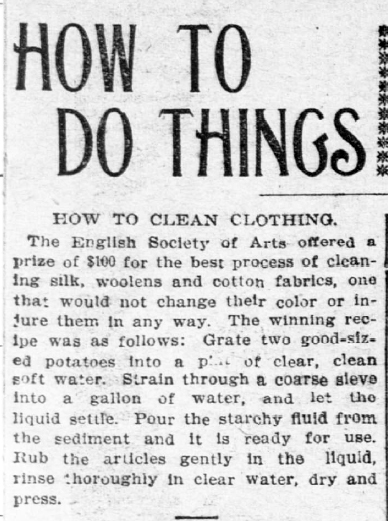Tekla Raczynska Dachtera, my
paternal grandmother, has been a huge challenge in my research. Her parents
were married in Cerekwica, Poland; she was baptized 6 years later in
Breckerfeld, Germany, I looked for her
parents in Cerekwica with no luck; I found nothing else in Breckerfeld.
Passenger lists were no help.
She immigrated and settled in
St. Paul, MN. There were others in the St. Paul area with the same Raczynski
surname. I pieced them together as best
I could, given the information I had, and put them in my tree on Ancestry.com
in hopes that someone would either disprove or help me prove my assumptions. No
one contacted me about them.
And Then.
I received an email from
someone who matched my DNA and looked at my tree. The question was whether my Raczynski family
was connected to her Reczynski family. Yes, they are!! She gave me some information about her family
and the FHL film where I could find them.
A new cousin! Our MRCA is our third great grandfather. I
was able to find my grandmother’s siblings, and paternal ancestors two
generations back. But now comes the work
of making my tree coherent for this family.
Smashing a brick wall is a
great way to end the year. Learning about my “new” relatives is a great way to
begin a new year.
Happy New Year!







































